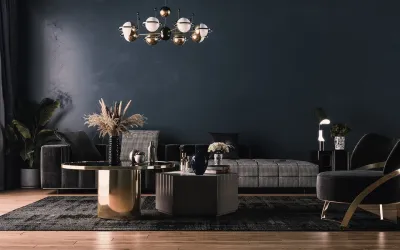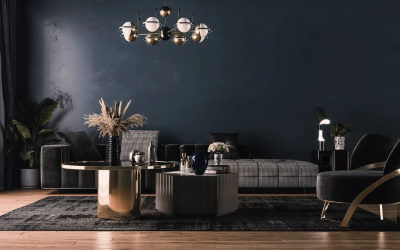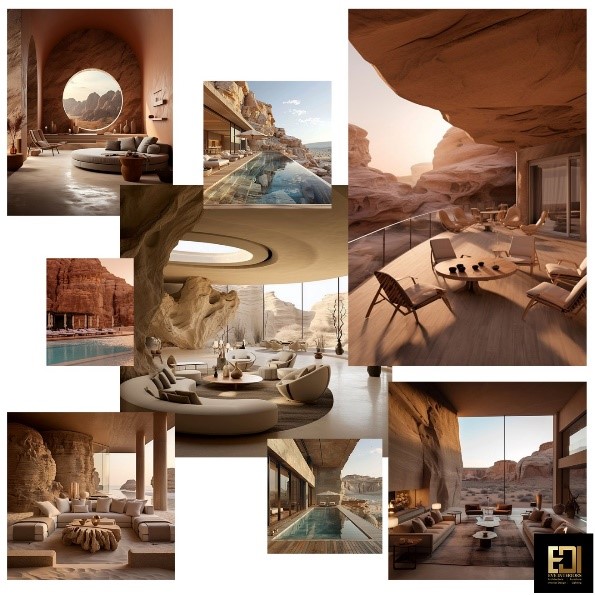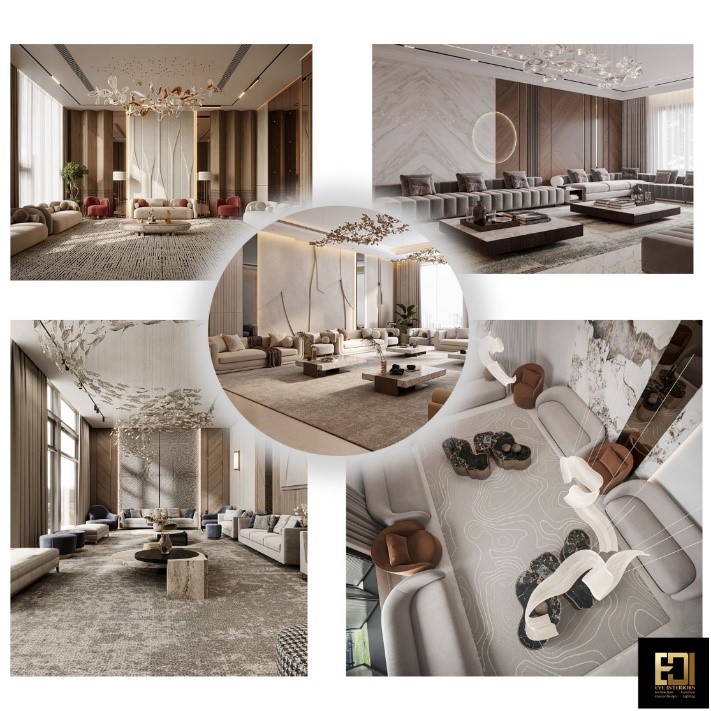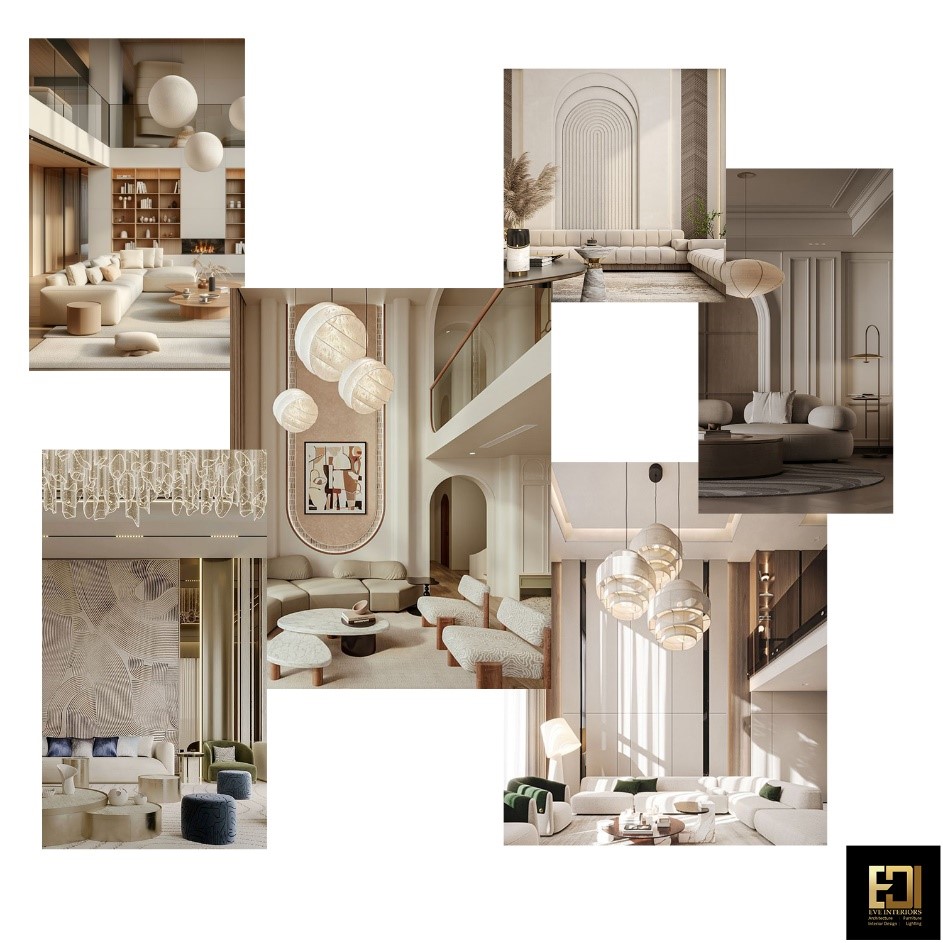Innovative Design is Not Just an Art—It’s a Mindset
In architecture and interior design, innovation is more than aesthetics; it’s a mindset that shapes environments and enhances human experiences. This perspective encourages designers to focus on how spaces function and interact with their occupants.
At its core, innovative design merges creativity with problem-solving. It challenges conventional norms, prompting architects and designers to think outside the box. For example, using sustainable materials promotes environmental responsibility while redefining building practices. This mindset highlights the importance of sustainability in creating harmonious spaces.
Collaboration among various disciplines is also crucial. Architects, interior designers, engineers, and psychologists can work together to create visually appealing and comforting spaces. By integrating biophilic design elements—like natural light and greenery—designers can enhance well-being and productivity, showing that innovation often starts with a focus on health. Technology significantly influences the innovative design mindset. Smart home technologies and automated systems enhance convenience and signify a shift towards responsive environments that adapt to occupants' needs. This fusion of art and technology opens new pathways for creativity.
Ultimately, innovative design creates transformative experiences. It is about crafting spaces that resonate personally, evoke emotions, and foster community. To address global challenges and enrich human experiences, architects and designers must nurture an innovative mindset.
In conclusion, innovative design is an evolving mindset that shapes the built environment. By embracing creativity, sustainability, collaboration, and technology, designers can inspire and create spaces that are both functional and transformative.
